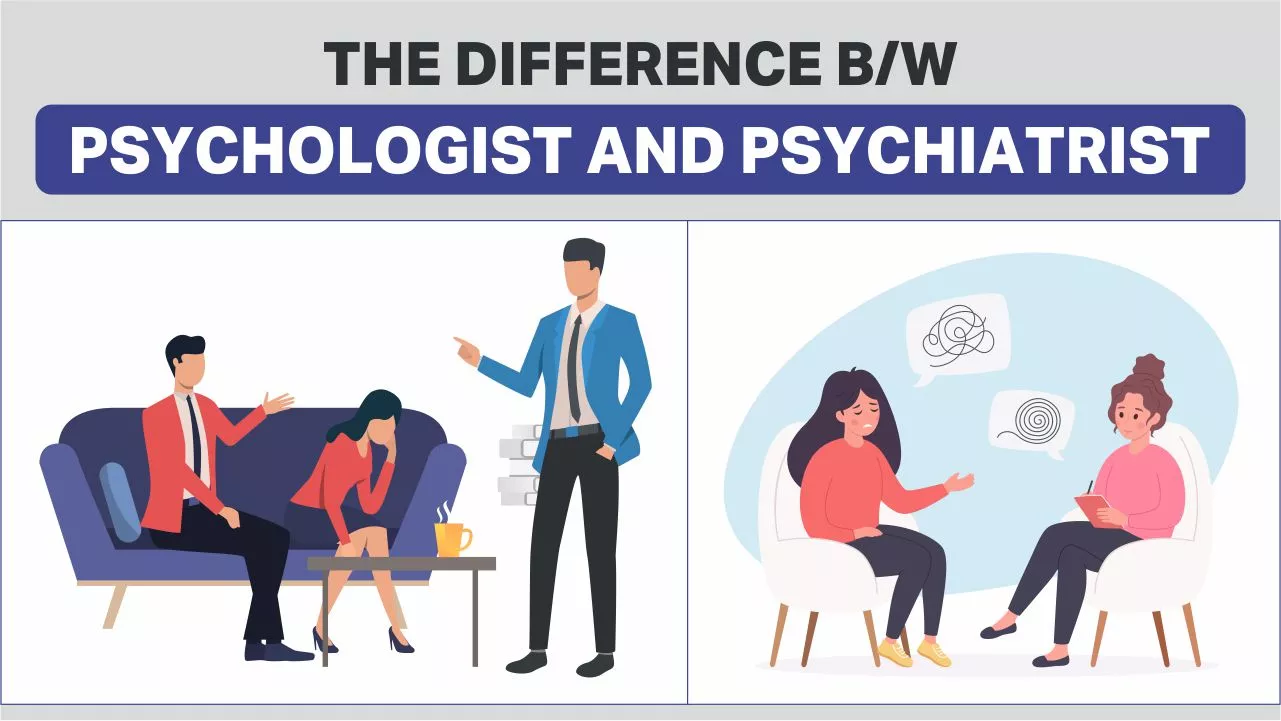Finding the Best Psychologist in Delhi: A Guide to Your Mental Wellness Journey
Psych Therapy: A Comprehensive Guide to Techniques and Results

Cognitive-Behavioral Treatment
Cognitive-Behavioral Treatment (CBT) is an extensively utilized psychotherapeutic technique that concentrates on determining and modifying useless thinking and behavior patterns. Created in the 1960s by Aaron T. Beck, CBT combines behavior and cognitive concepts to address different psychological health problems, consisting of depression, stress and anxiety, and stress-related problems.
Strategies such as cognitive restructuring, direct exposure treatment, and skill-building exercises are typically utilized. Cognitive restructuring involves challenging and modifying adverse idea patterns, while direct exposure therapy aims to decrease fear and anxiety via steady direct exposure to feared things or scenarios.
Evidence-based research study supports the efficiency of CBT for a wide variety of mental disorders - Best Psychologist in Delhi. Its focus on ability purchase and self-help techniques encourages clients to continue progression independently after treatment ends. The adaptability and performance of CBT have made it a cornerstone in modern psychotherapeutic method
Psychodynamic Approaches
Rooted in the early concepts of Sigmund Freud, psychodynamic techniques concentrate on checking out the unconscious mind and its impact on behavior and feelings. These methods intend to uncover surprise thoughts and feelings that might be driving maladaptive actions and emotional distress. Central to this strategy is the concept of internal dispute, commonly stemming from unsolved previous experiences, particularly those from youth.
Therapists making use of psychodynamic methods employ a number of essential approaches, including totally free association, where individuals are encouraged to speak freely to disclose unconscious material, and desire evaluation, which interprets the latent material of dreams. In addition, the expedition of transference and countertransference dynamics within the healing partnership is critical. These interactions can provide insights right into the person's internal globe and relational patterns.
Psychodynamic therapy is generally longer-term compared to other techniques, supplying a thorough and deep understanding of the person's mind. Research indicates that it can be especially efficient for complex mental wellness concerns, such as character disorders and persistent depression. By promoting self-awareness and psychological understanding, psychodynamic therapy seeks to bring subconscious material to awareness, allowing people to attain purposeful and enduring adjustment in their lives.
Humanistic Strategies
Structure on the foundations laid by psychodynamic approaches, humanistic techniques provide a distinctive perspective concentrated on private possible and self-actualization. Coming from the mid-20th century, these strategies focus on the inherent benefits and development capacity of individuals, highlighting an all natural view of human experience. Trick numbers such as Carl Rogers and Abraham Maslow have dramatically influenced this healing technique, which includes techniques like client-centered treatment and Gestalt therapy.
Client-centered treatment, developed by Rogers, plays an essential function in humanistic techniques. The therapist's duty is even more of a facilitator website link than an authority, encouraging customers to harness their inner resources for recovery.
Gestalt treatment, another important humanistic strategy, emphasizes present minute understanding and the assimilation of mind and body. By concentrating on the "present moment," customers obtain greater insight into their current emotions and behaviors. Techniques such as role-playing and guided visualization are typically used to help customers obtain a much deeper understanding of themselves, inevitably leading to enhanced self-awareness and gratification.
Integrative Treatments
Integrative treatments stand for a synthesis of different therapeutic strategies tailored to satisfy the distinct requirements of each customer. This approach recognizes the complexity of human psychology and the multifaceted nature of psychological wellness concerns. By combining aspects from different institutions of psychiatric therapy-- such as cognitive-behavioral treatment (CBT), psychodynamic therapy, and humanistic methods-- integrative therapies offer a more adaptable and alternative therapy standard.
Specialists of integrative treatment evaluate each client's details demands, signs, and individual background to design a customized therapy plan. This customized method enhances the potential for healing success by attending to the source of psychological distress and promoting general health. Techniques may include mindfulness workouts, cognitive restructuring, and a knockout post emotional processing, each chosen to target various aspects of the customer's concerns.
Additionally, integrative treatments stress the restorative relationship, viewing the client-therapist bond as a crucial component of efficient therapy. This connection promotes a supportive environment where clients feel risk-free to discover and address their problems. The flexibility of integrative therapies makes them ideal for a broad series of conditions, including anxiety, anxiety, trauma, and interpersonal difficulties, thus enhancing their applicability and efficiency in diverse scientific settings.

Gauging Therapy End Results
Examining the performance of psychiatric therapy is critical for both clinicians and customers to make sure that the treatment is yielding the desired end results. To attain this, various approaches and devices are used to measure treatment end results methodically. Standard assessment tools, such as the Beck Anxiety Inventory (BDI) and the Generalized Anxiety Problem 7 (GAD-7), supply measurable data on symptom severity and modifications gradually.
In enhancement to standard devices, qualitative approaches like client self-reports and scientific meetings offer valuable understandings into the read here individual experiences and viewed progression of clients. Routinely scheduled examinations, typically at the start, midpoint, and end of treatment, assistance in tracking the trajectory of improvement or identifying areas needing modification.
End result dimension is not restricted to symptom reduction; it also includes useful improvements in every day life, such as far better social connections, increased work efficiency, and improved general health. Modern developments in electronic health and wellness have actually presented mobile apps and on-line platforms that promote real-time tracking and comments, even more improving the assessment process.
Ultimately, a thorough strategy to gauging treatment outcomes guarantees that therapeutic interventions work, effective, and tailored to satisfy the individual requirements of clients, thereby enhancing the overall healing experience.
Final Thought
Humanistic techniques concentrate on individual growth and self-actualization, while integrative therapies incorporate several methods for tailored therapy plans. Evaluating treatment end results through qualitative techniques and standardized analyses makes certain a detailed understanding of performance, ultimately leading customers toward sustaining mental wellness enhancements.
From the organized method of Cognitive-Behavioral Treatment (CBT) to the deep exploration of the subconscious in psychodynamic therapy, each technique brings one-of-a-kind benefits. Its focus on ability procurement and self-help methods equips customers to continue progress independently after therapy concludes (Best Psychologist in Delhi). Key numbers such as Carl Rogers and Abraham Maslow have significantly affected this therapeutic approach, which encompasses approaches like client-centered treatment and Gestalt therapy
